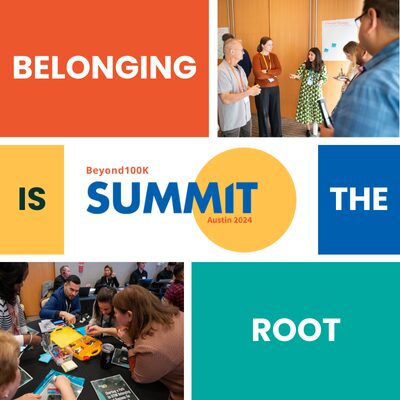A decade ago, Microsoft was considered a dinosaur. It had missed the shift to mobile, was out of step with consumer tastes, and seemed too big and slow to adapt to a digital world that was moving at hyperspeed. Yet today the company is thriving again, largely driven by its growing cloud business.
This is not a new effort. In fact, it began in the early 2000s, but was little noticed until recently. In much the same way, IBM’s Watson project, which is helping the venerable company overcome the disruption of its traditional business, began in 2005. Google has created its own moonshot factory, to pursue game-changing technologies that may take years to pay off.
In recent years, we’ve come to associate the practice of innovation with speed and agility, but accomplishments that truly move the needle can’t be achieved quickly or through mere iteration. We need to set our sights higher.
Why We Need to Think Bigger
One reason for the emphasis on agility and iteration in recent decades is that technology has been fairly stable. Every new generation of computer chips has offered more power and capability but works exactly like earlier generations. In much the same way, advancements in lithium-ion batteries meant that our devices could shrink, but little else had to change. Today, though, those comfortable old paradigms are running out of steam. Moore’s law will soon end, and lithium-ion batteries will approach theoretical limits in five to 10 years. These will be replaced with technologies that aren’t nearly as well understood. Other nascent fields, like genomics, nanotechnology, and robotics, require highly skilled specialists to advance them.
In the coming years we are likely to see a new era of innovation that will look more like the 1950s and 1960s (which were about solving fundamental problems, like space flight and the development of mainframe computers) than it will the 1990s or 2000s (which were more about improving on earlier technology to create applications). In the next few decades, I predict, much of innovation’s value will shift away from applications and back to fundamental problems. That will require greater focus on sustaining efforts to solve grand challenges.
Read the full story here.



